Number 20 Counties | ||
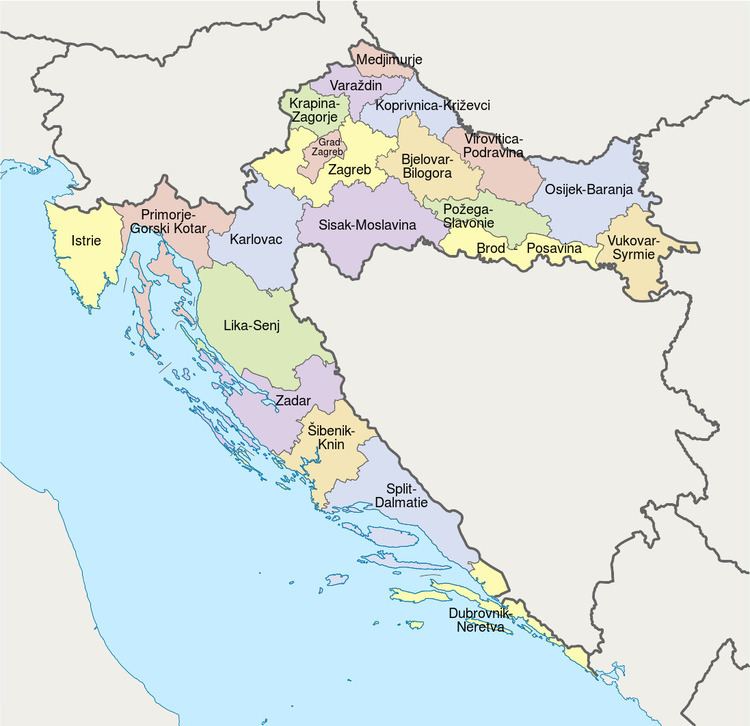 | ||
Government County government, National government | ||
Flags of counties of croatia vlajky chorvatsk ch up
The counties of Croatia (Croatian: županije) are the primary administrative subdivisions of the Republic of Croatia. Since they were re-established in 1992, Croatia has been divided into 20 counties and the capital city of Zagreb, which has the authority and legal status of both a county and a city (separate from the surrounding Zagreb County). As of 2015, the counties are subdivided into 128 cities and 428 (mostly rural) municipalities.
Contents
- Flags of counties of croatia vlajky chorvatsk ch up
- Government
- Funding and tasks
- Nomenclature
- History
- References
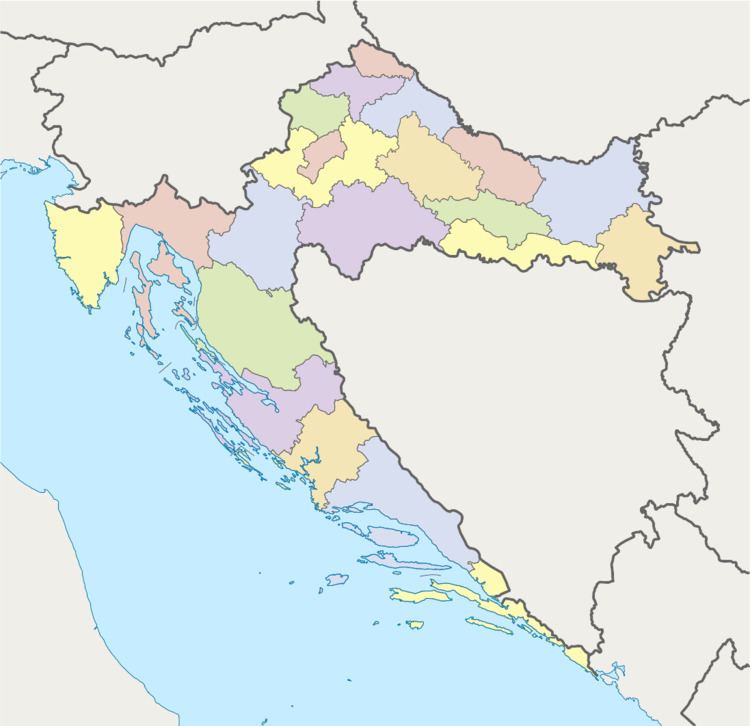
Government
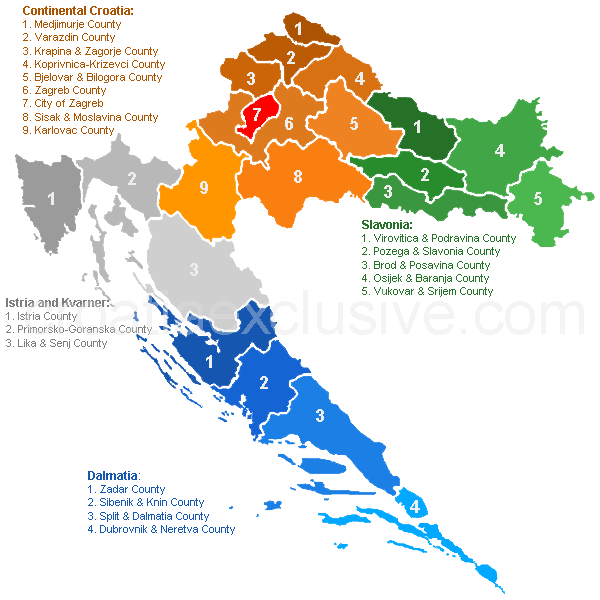
County assembly (Croatian: županijska skupština) is a representative and deliberative body in each county. Assembly members are elected for a four-year term by popular vote (proportional system with closed lists and d'Hondt method) in local elections.
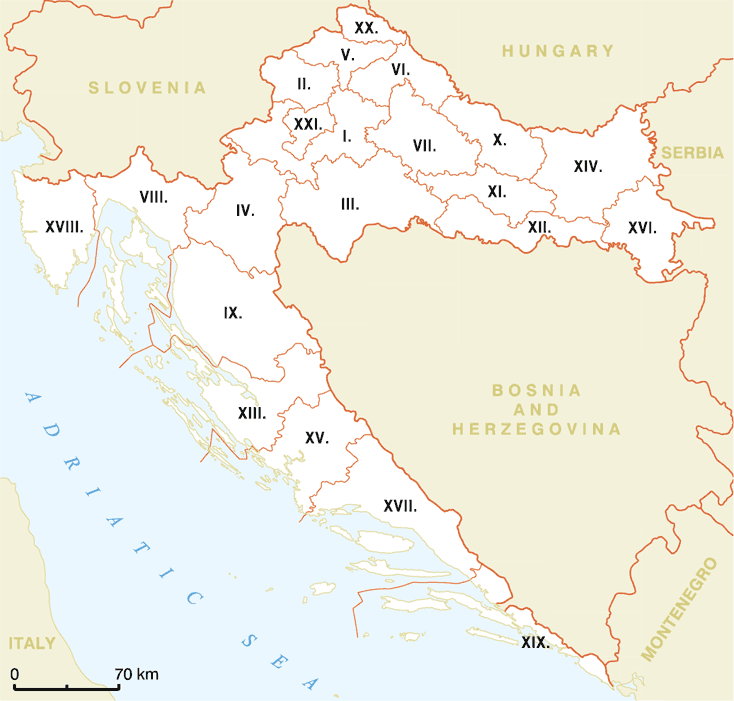
The executive branch of each county's government is headed by a county prefect (county president) (Croatian: župan), except that a mayor heads the city of Zagreb's executive branch. Croatia's county prefects (with two deputy prefects), mayor of Zagreb (with two deputy mayors) are elected for a four-year term by a majority of votes cast within applicable local government units, with a runoff election if no candidate achieves a majority in the first round of voting (majoritarian vote, two-round system) County prefects (with deputy prefects and mayor of Zagreb with his/her deputies) can be recalled by a referendum. County administrative bodies are administrative departments and services which are established for the performance of works in the self-governing domain of the county, as well as for the performance of works of state administration transferred to the county. Administrative departments and services are managed by heads (principals) nominated by the county prefect on the basis of a public competition.
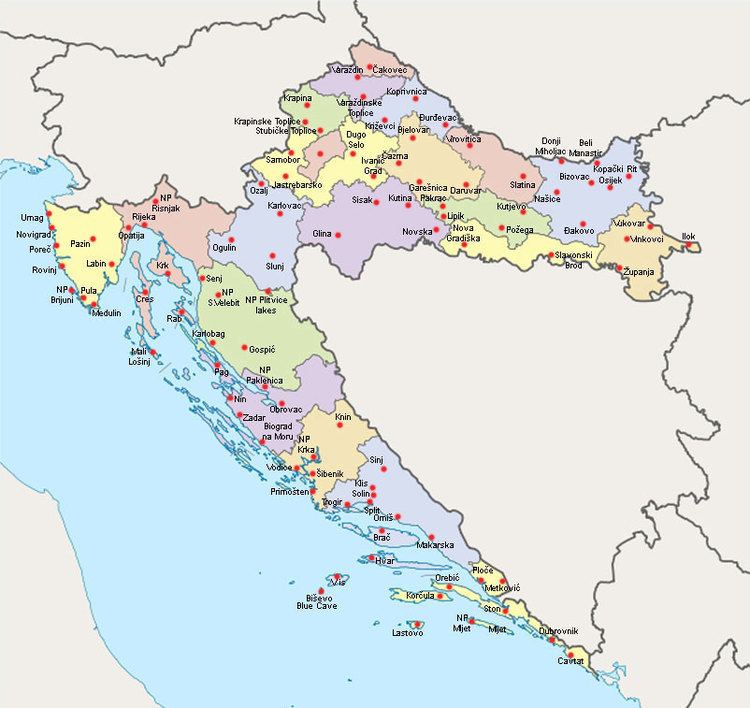
In each county exists a State Administration Office (Croatian: Ured državne uprave) which performs the tasks of the central government. Head of State Administration Office is appointed by the Croatian Government (in the City of Zagreb the mayor is responsible for the state administration).
Funding and tasks
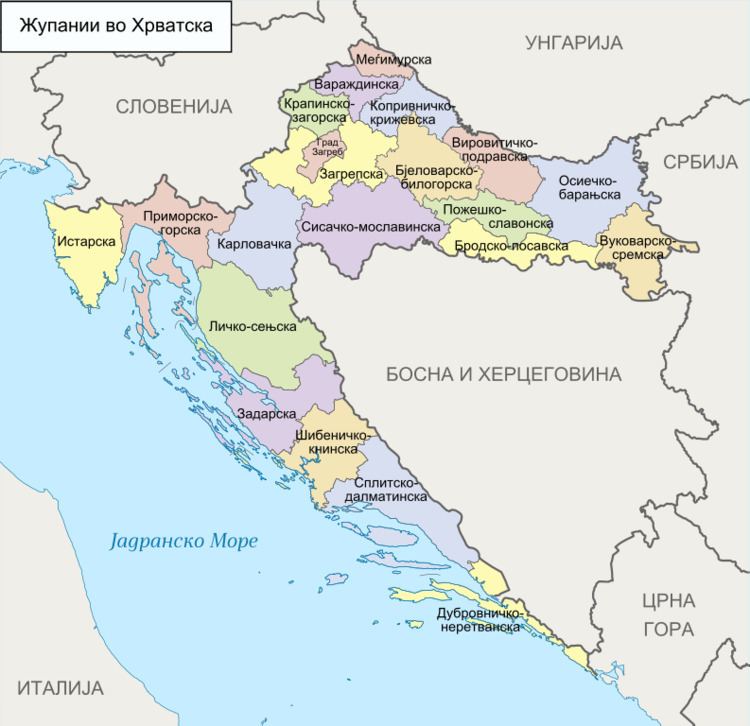
The counties are funded by the central government, as well as from county-owned businesses, county taxes and county fees. County taxes include a five percent inheritance and gift tax, a motor vehicle tax, a vessel tax and an arcade game machine tax.
The counties are tasked with performing general public administration services, primary and secondary education, government funded healthcare, social welfare, administration pertaining to agriculture, forestry, hunting, fisheries, mining, industry and construction, and other services to the economy at the county level, as well as road transport infrastructure management and issuing of building and location permits and other document in relation to construction in the county area excluding the area of the big city and the county seat city; the central government and local (city and municipal) governments may also perform each of those tasks at their respective levels according to the law.
The Croatian County Association was set up in 2003 as a framework for inter-county cooperation.
Nomenclature
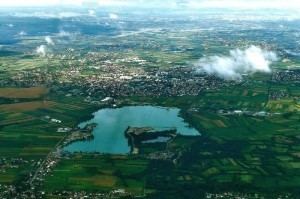
The Croatian (singular) term županija was originally applied to territory controlled by a župan (official title). Since the 12th century, the counties have also been referred to by the Latin term comitatus.
History

Croatia was first subdivided into counties in the Middle Ages. Counties were first introduced in Croatia during the House of Trpimirović's rule. The exact number and borders of these early counties are difficult to determine accurately; they were considered to encompass areas subordinated to a single centre of local authority, but the possessions of significant nobles had a legal status separate from local authority.
The following eleven are usually listed as the oldest counties of Croatia, dating back to the 10th century:
In the same period, the counties in Pannonian Croatia (north of Gvozd Mountain) are poorly documented. It is generally thought that the Pannonian counties were directly subject to the Croatian monarchy, unlike the southern counties controlled by nobles.
The county number, extent and authority have varied significantly, reflecting: changes in the monarchial and noble relative influences; Ottoman conquest and Croatian recapture of various territories; and societal and political changes through several centuries. In the 13th and 14th century, the Croatian nobility grew stronger and the counties defined by the king were reduced to a legislative framework, while military and financial power was concentrated in the feudal lords. Other forms of administration that overlapped with county administration in this period included the Roman Catholic Church and the free royal cities, and separately the cities of Dalmatia. After Croatia became a crown land of the Habsburg Monarchy in 1527, the importance of counties faded even further, but was gradually restored after 1760.
The divisions have changed over time, reflecting: territorial losses to Ottoman conquest and subsequent Croatian recapture of some territory; changes in the political status of Dalmatia, Dubrovnik and Istria; and political circumstances, including the personal union and settlement between Croatia and Hungary.
In the 19th century, the Revolutions of 1848 in the Habsburg areas brought upon numerous political changes and introduced a civic government of the Kingdom of Croatia-Slavonia as part of Austria-Hungary, which in turn proceeded to absorb the Croatian and Slavonian Military Frontiers in 1881. During the second half of the 19th century Croatian counties went through various reorganizations (1848-1850, 1850-1854, 1854-1861, 1861-1870, 1870-1874, 1874-1886, 1886-1914) that also reflected the position of the Kingdom of Croatia-Slavonia within the Austrian Empire (after 1867 the Austro-Hungarian Monarchy); the last major reorganisation of the counties was in 1886, when eight counties were established within the kingdom. This layout largely remained in effect until the Croatian counties were abolished in 1922, while some minor adjustments of county boundaries happened in 1913. The counties were set up as self-governmental units in contrast to earlier county incarnations since the Middle Ages. Each had an assembly (Croatian županijska skupština) with the wealthiest taxpayers comprising half the assembly members and elected members comprising the remaining half. Supreme prefect (Croatian veliki župan) was appointed by the king and county officials by the ban. Managing board of each county had 6 members elected by the county assembly, while the remaining members were county officials ex officio (supreme prefect, viceprefect, county health supervisor etc). Counties were divided into districts (Croatian kotari as government units similar to Austrian Bezirke), while municipalities (Croatian općine) and cities (Croatian gradovi) were units of local self-government.
The traditional division of Croatia into counties was abolished in 1922, when the oblasts of the Kingdom of Serbs, Croats and Slovenes were introduced; these were later replaced by the banovinas of Yugoslavia. Communist-ruled Croatia, as a constituent part of post-World War II Yugoslavia, organised Croatia into approximately 100 municipalities. The counties were reintroduced in 1992, but with significant territorial alterations from the pre-1922 subdivisions; for instance, before 1922 Transleithanian Croatia was divided into eight counties, but the new legislation established fourteen counties in the same territory. Međimurje County was established in the eponymous region acquired through the 1920 Treaty of Trianon. The county borders have sometimes changed since their 1992 restoration (for reasons such as historical ties and requests by cities); the latest revision took place in 2006.
Today's counties correspond to tier three of the European Union (EU) Nomenclature of Territorial Units for Statistics (NUTS) division of Croatia. The NUTS Local Administrative Unit (LAU) divisions are two-tiered; the LAU 1 divisions for Croatia also match the counties (in effect making these the same as the NUTS 3 units).
